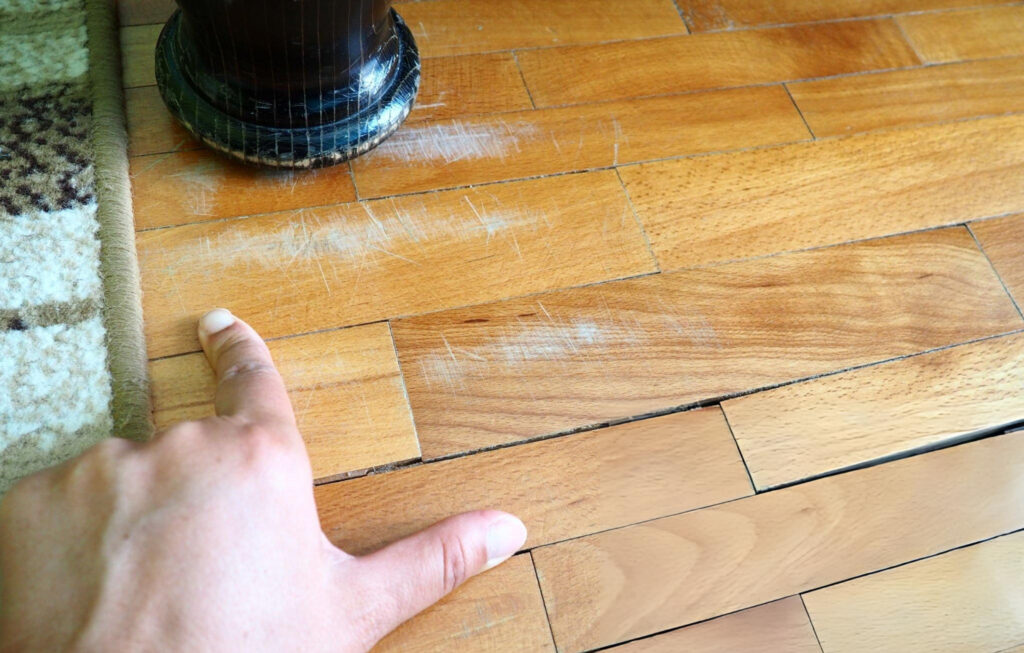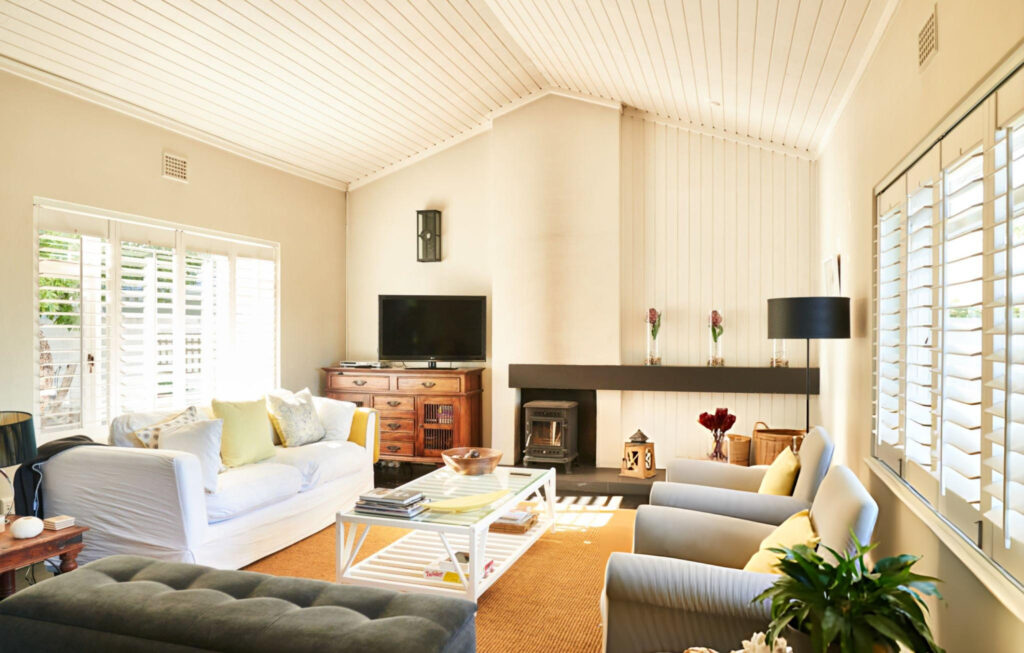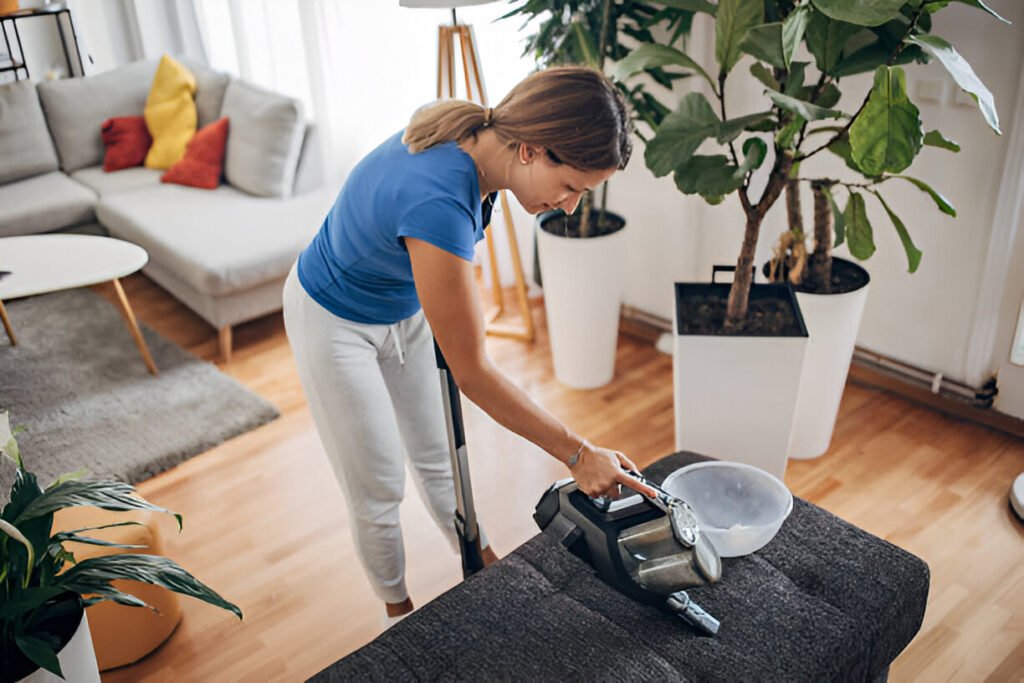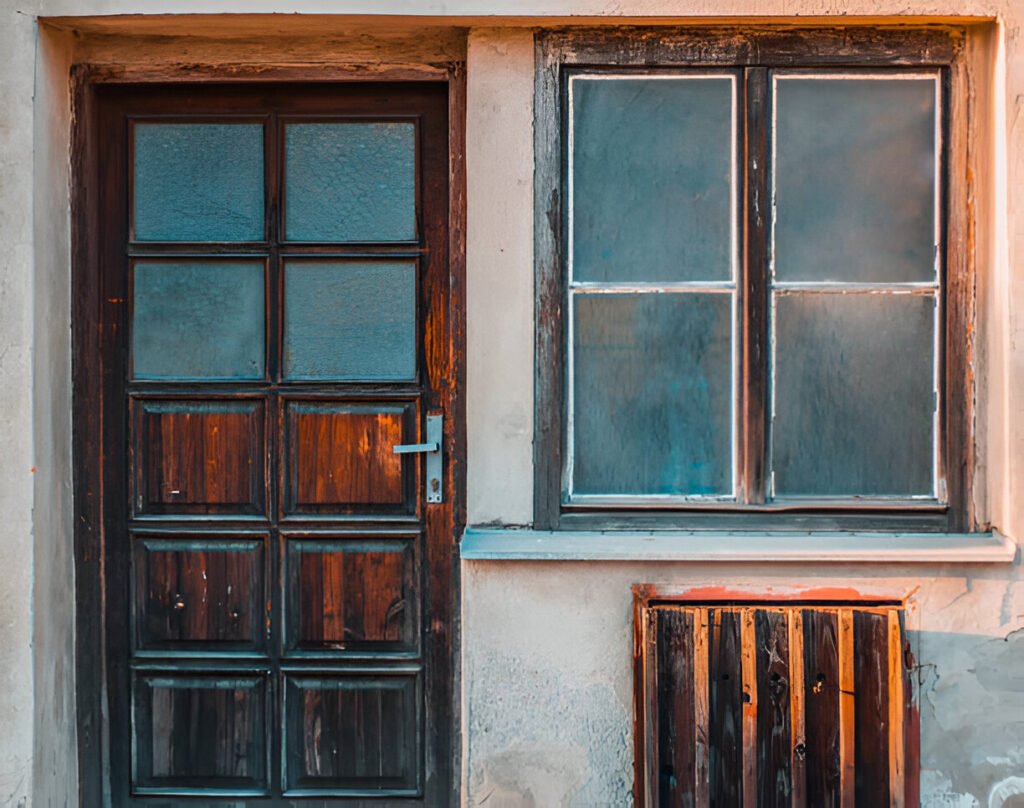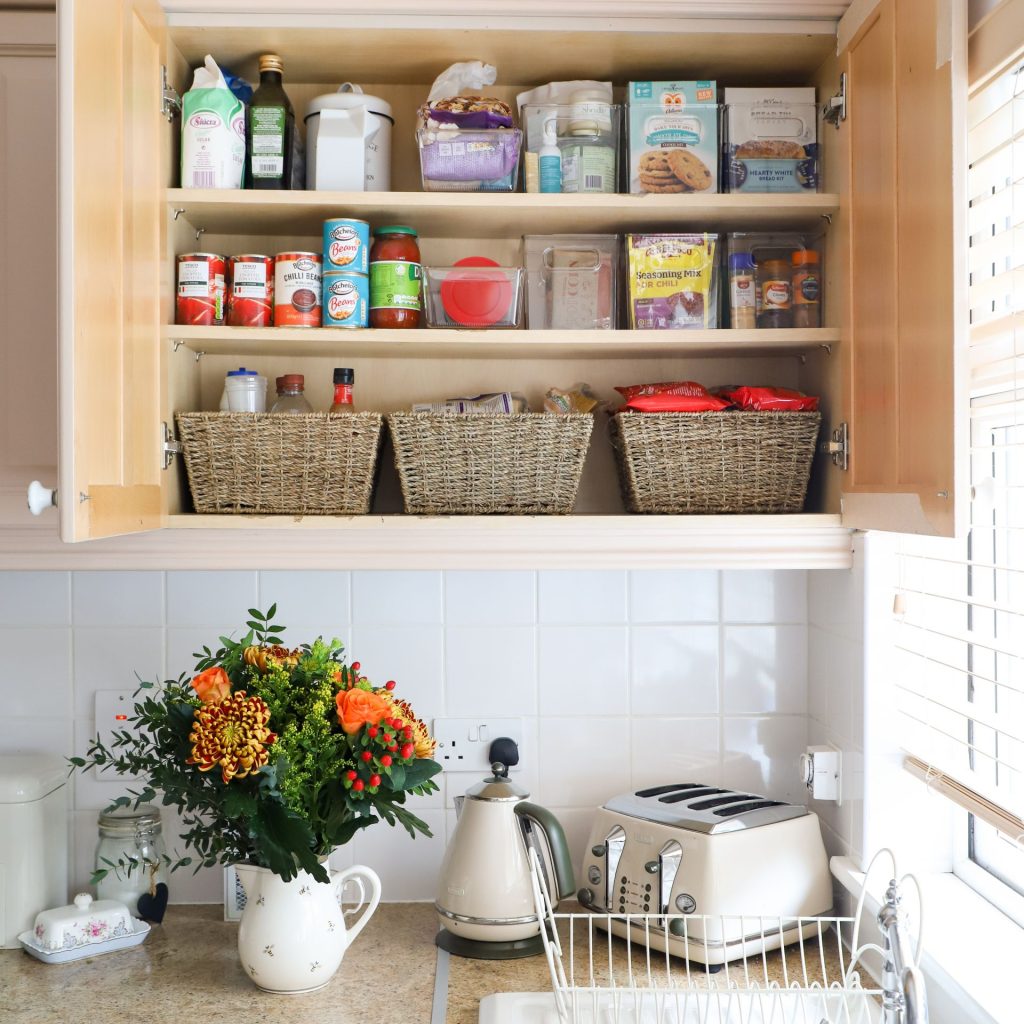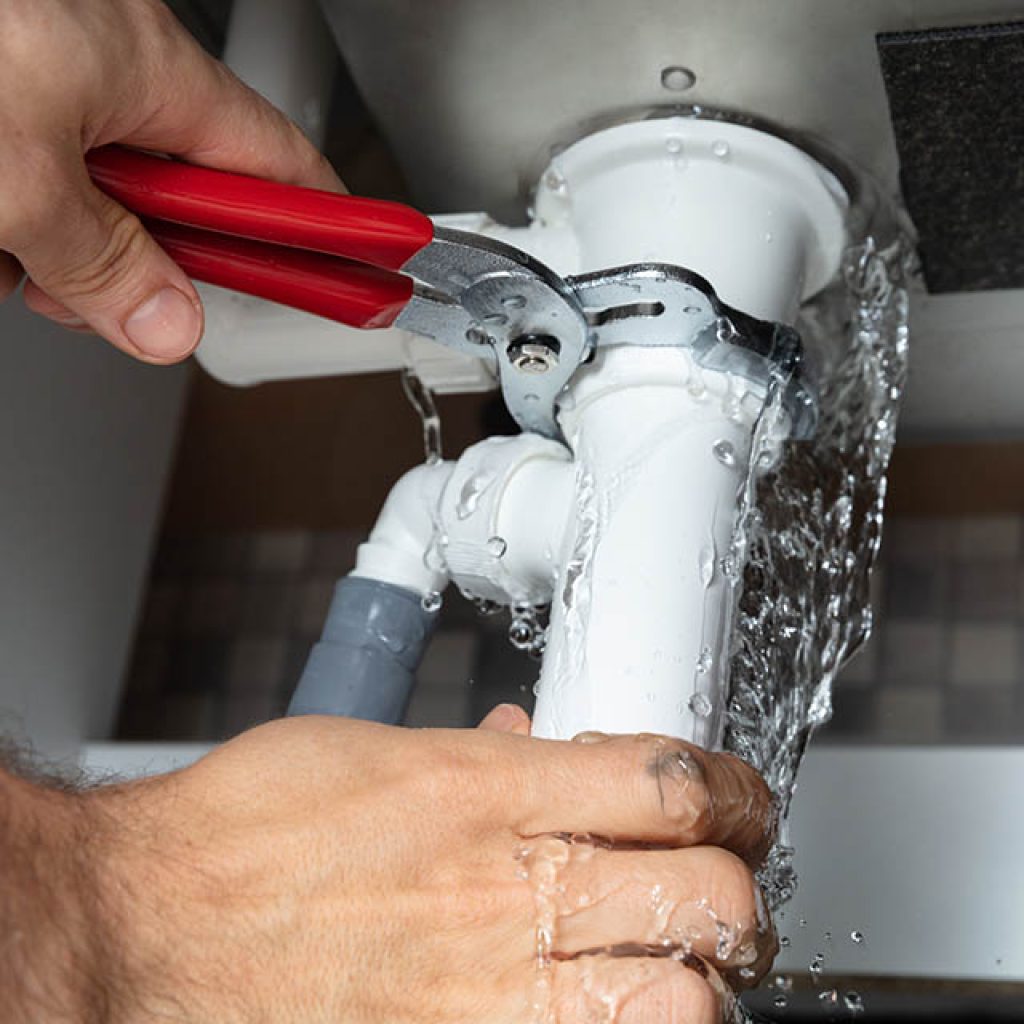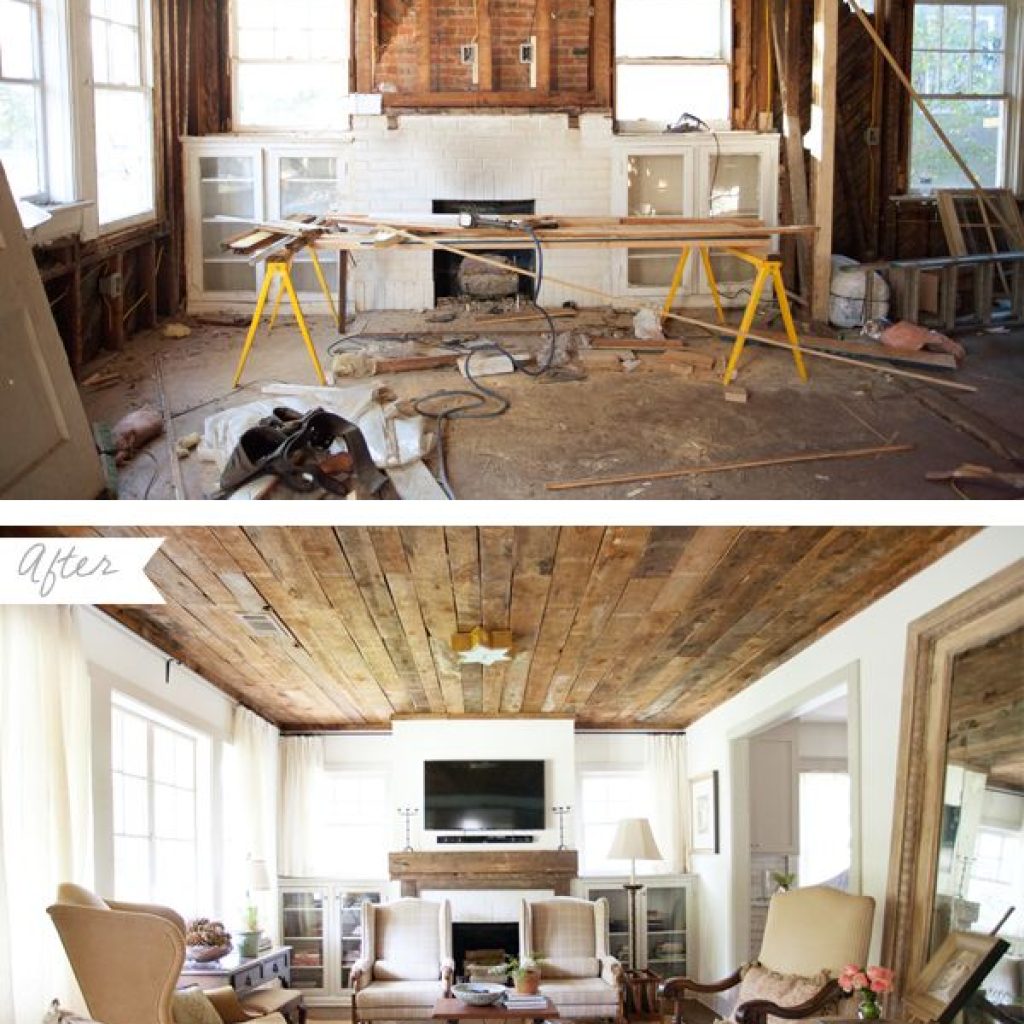Dealing with low water pressure in bathroom sink can be incredibly frustrating, especially when you’re just trying to wash your hands or brush your teeth. We’ve all been there, turning the faucet on, expecting a steady stream, only to be greeted by a slow trickle.
So, why is the water pressure low in my bathroom sink? The good news is that the cause is usually simple and fixable, and you don’t need to be a plumbing expert to find the solution.
In this guide, I’ll walk you through why this happens and show you how to fix low water pressure in bathroom sink with a few easy steps. Let’s get started!
What Causes Low Water Pressure in Bathroom Sink?
Have you ever turned on the faucet, hoping for a nice, steady flow of water, only to see a weak trickle instead? It can be frustrating! If you’re wondering why is the water pressure low in my bathroom sink, you’re not alone. Many people face this problem, and there are a few simple reasons why this happens.
First, check the aerator. It’s the small screen at the tip of your faucet. Over time, dirt and mineral buildup can block it, causing the water to flow slowly. If your water pressure in bathroom sink is low, this could be the problem.
Next, your pipes might be blocked or damaged. Old pipes can collect gunk or even rust. This can make the water flow slower and reduce pressure. So, if the pipes are getting old, it could be time for a check.
Another common issue is the pressure regulator. This controls the flow of water into your home. If it’s not working properly, the water pressure may drop. Sometimes, the problem could even come from outside. If neighbors are also having issues, the water supply from the city might be low.
Don’t worry, though! Most of these problems are easy to fix. In the next section, we’ll show you how to fix low water pressure in bathroom sink quickly and easily.
How to Fix Low Water Pressure in Bathroom Sink
Low water pressure in bathroom sink can be a hassle, but fixing it is easier than you think. If you’re tired of waiting for the water to fill up, don’t worry. There are simple steps you can take to fix it.
Start by checking the aerator. This small screen at the tip of your faucet can get clogged with dirt or minerals. When that happens, water flow slows down. You can clean or replace the aerator in just a few minutes. This might solve the problem right away.
If the aerator is clear, check the faucet. Sometimes debris can get stuck inside and block the water flow. Remove the faucet and clean it carefully. This can often fix the issue.
Next, make sure the water valves are fully open. If they’re partially closed, they could be limiting water flow. Simply open them all the way to see if that helps.
If none of these fixes work, the problem could be deeper. It might be a clogged pipe or a faulty pressure regulator. If this is the case, you might need a professional to help. But don’t worry, most issues are easy to fix with the right help.
In the next section, I’ll explain each of these steps in more detail so you can get your water pressure back to normal. Let’s get started!
Why Water Pressure in Bathroom Sink Can Be Low
If you’ve ever wondered, why is the water pressure low in my bathroom sink, you’re not alone. There are a few common reasons that could be causing your sink to feel like it’s got a sluggish stream. Don’t worry, though—most of these issues are fixable with just a little time and effort!
One of the biggest culprits is old or corroded pipes. Over time, your pipes can collect rust, dirt, and debris, which can slow down the water flow. It’s like trying to drink through a straw that’s slowly getting blocked. If you live in an older house, this might be a bigger issue to check.

Another factor to consider is the pipe size. If your home was built with smaller pipes, they might not be able to carry enough water to create strong pressure, especially when multiple taps are used at the same time.
You might notice this more if you have a bigger family or if you’re trying to run the shower and the sink at the same time.
And let’s not forget about hard water. If you have hard water, it’s filled with minerals like calcium and magnesium. Over time, these minerals build up in your pipes and faucet, blocking the flow of water. It’s like trying to drink water through a clogged filter. The buildup is subtle at first, but it can gradually make the water pressure in bathroom sink low.
Lastly, the pressure regulator could be malfunctioning. If the regulator isn’t working correctly, it might not be sending enough water pressure through your pipes. This is usually a bit trickier to diagnose, but it’s a possibility if all the usual fixes don’t work.
Now that we know some of the reasons behind low water pressure in the bathroom sink, let’s dive into how to fix it. Stick with me, and you’ll be back to having great water flow in no time!
Troubleshooting Tips for Persistent Low Water Pressure
If you’ve already tried the basic fixes and your water pressure in bathroom sink is low, don’t panic! Sometimes, the issue can be a bit trickier to pinpoint, but with a little patience and a few more steps, you can get your sink flowing like it should.
First, check for leaks. It’s easy to forget about leaks, but they can be a major cause of low water pressure. Even small, unnoticed leaks in the pipes can cause the water to trickle out, lowering pressure.
So, if you’ve ruled out everything else, take a look under your sink. Check for any damp spots or water stains that might indicate a slow leak. If you find one, you’ll need to get it fixed to restore the pressure.
Next, test your water pressure. Sometimes, the issue isn’t just one faucet but the whole plumbing system. You can test the water pressure yourself using a pressure gauge. This simple tool measures how much pressure is in your system, helping you understand if the problem is isolated to the bathroom sink or affecting the whole house.
If the pressure is low across the house, it could be a bigger issue, like a problem with the main water supply or a pressure regulator.
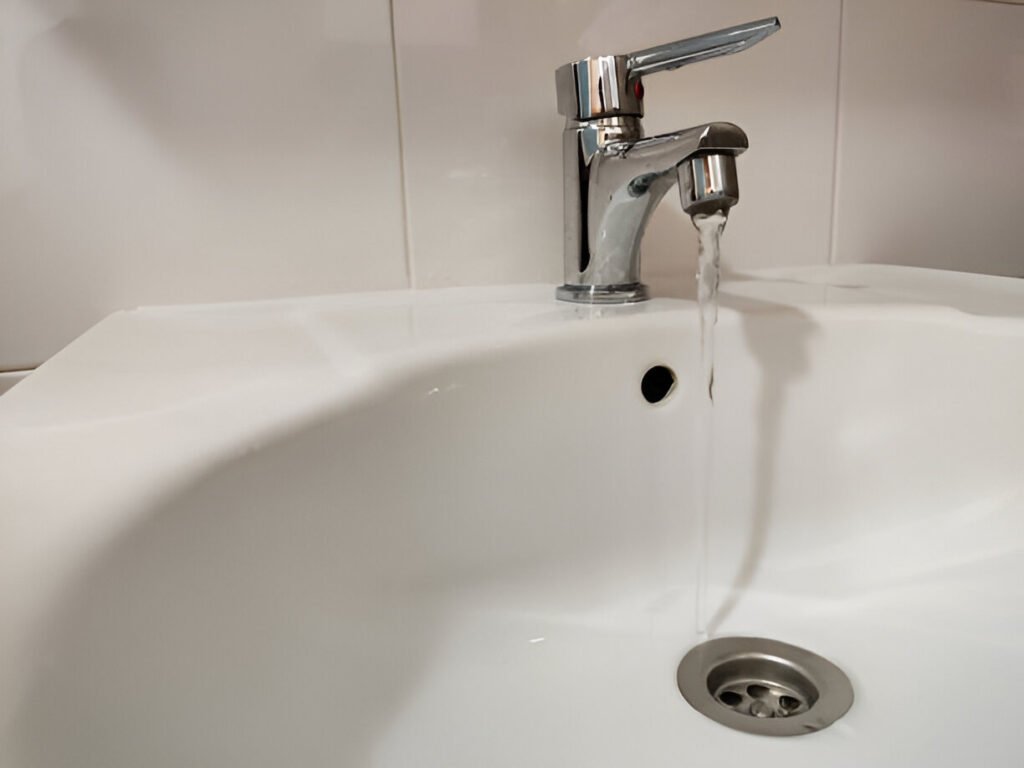
Lastly, if everything looks good and you’re still dealing with low water pressure in bathroom sink, it might be time to check the pipe size.
In older homes, the pipes might be too narrow to handle enough water for proper pressure. This could be a more involved fix, as it might require replacing the pipes or adding larger ones to increase water flow.
Remember, most of these steps don’t require a plumbing degree, but if you’re feeling overwhelmed or none of the fixes work, don’t hesitate to call a professional plumber. They’ll have the tools and expertise to get to the root of the problem and restore your sink’s water pressure.
With these troubleshooting tips, you’ll have a much better idea of how to tackle the issue of low water pressure in bathroom sink and get things flowing smoothly again. Stick with it, and you’ll be back to enjoying your sink in no time!
Preventive Measures to Maintain Good Water Pressure
Now that we’ve covered how to fix low water pressure in bathroom sink, let’s talk about how you can prevent it from happening again. After all, it’s much easier to keep things in good shape than to deal with issues later on. Here are a few simple habits that can help you maintain strong water pressure in the future.
First, regularly clean the aerator. The aerator at the tip of your faucet is a prime spot for mineral buildup and dirt. Cleaning it once every few months will keep it from getting clogged and ensure a steady water flow. It’s a quick fix that can save you a lot of frustration down the road.
Next, keep an eye on your water supply. If there are interruptions or changes in water pressure in your area, this can affect the flow in your bathroom sink. You might not have control over municipal water changes, but you can always keep an eye out for any neighborhood-wide water issues.
Lastly, if you have hard water, consider using a water softener. Hard water leaves behind mineral deposits that can clog pipes and faucets over time. A water softener can help prevent this buildup, keeping your pipes cleaner and your pressure stronger. Trust me, it’s worth it if you want to avoid constant maintenance.
By following these preventive steps, you’ll not only fix low water pressure in bathroom sink but also keep it from coming back. Just a little regular care can make a huge difference in keeping your sink running smoothly!

Frequently Asked Questions (FAQs)
1. How can I fix low water pressure in bathroom sink on my own?
Fixing low water pressure in bathroom sink is simple. Start by checking the aerator. It may be clogged with dirt or minerals. Clean it or replace it if needed. If that doesn’t help, check the faucet for blockages. Also, make sure the water valves are fully open. If the pressure is still low, the problem may be inside the pipes, and you may need a plumber.
2. Is low water pressure in bathroom sink always a plumbing issue?
Not always! Sometimes, low water pressure in bathroom sink can be caused by water supply problems. If neighbors also have low pressure, it could be a town-wide issue. You can check with your water company to find out.
3. How do I know if the problem is in the pipes or the faucet?
Start by cleaning the aerator and faucet. If the pressure improves, the problem was likely in the faucet. If not, it might be a problem with the pipes. Try checking the pressure in other faucets. If they are fine, the issue is likely in your bathroom sink.
4. Can a water softener improve water pressure in my bathroom sink?
Yes, a water softener can help. Hard water builds up minerals inside the pipes. These minerals block water flow. A water softener removes these minerals, helping to keep the pipes clean and improving water pressure. Your sink back to normal so you can enjoy a steady flow of water again.
Conclusion
Dealing with low water pressure in bathroom sink can be a real headache, but the good news is that it’s usually something you can fix yourself.
Whether it’s a simple clogged aerator or a bigger issue like corroded pipes, understanding the cause is the first step in getting your water flow back to normal.
We’ve covered some easy fixes like cleaning the aerator, checking for leaks, and making sure your water valves are fully open. And for more persistent issues, you might need a professional plumber to help with things like blocked pipes or faulty pressure regulators.
Remember, if you take care of your sink and plumbing regularly, you can prevent most water pressure problems. Clean your aerator, keep an eye on your water supply, and consider using a water softener if you have hard water.
If you’re still having trouble or just want to double-check your next steps, don’t hesitate to reach out to a plumber. But most importantly, don’t let low water pressure ruin your day! With a little know-how and the right tools, you can get back to a steady stream of water in no time.
Feel free to leave a comment or ask any questions you might have. We’re here to help you with any low water pressure in bathroom sink issues you may encounter.

